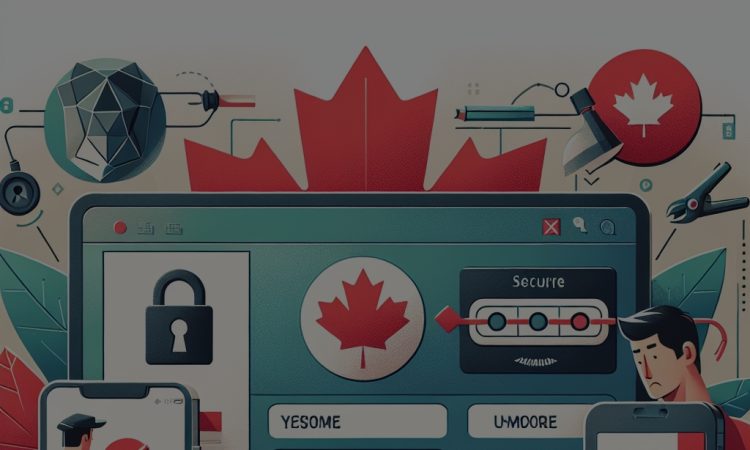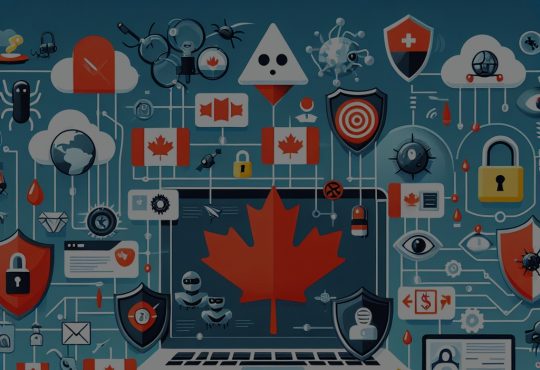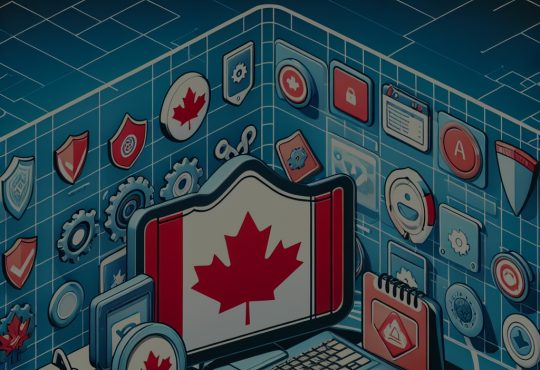
In an increasingly digital world, cybersecurity has become paramount, especially for individuals and businesses in Canada. One of the most effective measures to enhance online security is Two-Factor Authentication (2FA). This added layer of protection helps safeguard sensitive information from unauthorized access, making it more challenging for cybercriminals to infiltrate your accounts. In this guide, we will explore the significance of 2FA, provide a step-by-step approach to enabling it, and offer best practices for managing your authentication methods effectively.
Understanding the Importance of Two-Factor Authentication
Two-Factor Authentication adds an essential layer of security to the conventional username and password system. By requiring a second form of verification—often a temporary code sent to your mobile device or email—it significantly reduces the likelihood of unauthorized access. In Canada, where personal and financial data is increasingly targeted by cyber threats, implementing 2FA can be a vital component of your digital security strategy.
The rise in cyberattacks highlights the weaknesses inherent in relying solely on passwords. Many Canadians still use easily guessable passwords or recycle them across multiple accounts. Even sophisticated passwords can be compromised through phishing schemes or data breaches. 2FA mitigates these risks by ensuring that even if a password is stolen, the account remains protected as access requires a second verification step.
Regulatory bodies in Canada, such as the Office of the Privacy Commissioner, recommend using 2FA for services that store sensitive information. This is particularly crucial for financial institutions and health care providers, where data breaches can have severe consequences. By adopting 2FA, users not only protect their information but also contribute to a more secure online ecosystem.
Finally, implementing 2FA is an essential step in fostering trust in digital services. As more Canadians embrace online banking, shopping, and communication, the demand for robust security measures increases. Organizations that prioritize 2FA can enhance their reputation and assure customers that their data is protected against potential breaches.
Step-by-Step Guide to Enable Two-Factor Authentication
Enabling Two-Factor Authentication usually follows a straightforward process, though it can vary slightly depending on the service provider. The first step is to log in to your account for the service you wish to secure. Once logged in, navigate to the security settings or account settings section. Most platforms, such as social media, email, and banking sites, will have a dedicated option for 2FA.
After locating the 2FA option, you will typically have the choice between receiving verification codes via SMS, email, or through an authentication app. While SMS is convenient, using an authentication app is generally considered more secure as it is less susceptible to interception. Some popular authentication apps include Google Authenticator, Authy, and Microsoft Authenticator. Download your preferred app from the app store and follow the prompts to set it up.
Once you have chosen your verification method, you will need to verify your choice by entering the code sent to you via SMS/email or generated by the authentication app. After entering the code, you may also be prompted to create backup codes. These are crucial for regaining access to your account should you lose access to your primary 2FA method. Store these codes in a safe place, but avoid keeping them on your device.
After completing the setup, ensure 2FA is active by logging out and attempting to log back in. You should be prompted for your second form of verification. If everything works as intended, your account is now more secure. It is advisable to repeat this process for all your significant online accounts to maximize your security across the board.
Best Practices for Managing Your Two-Factor Authentication
Managing Two-Factor Authentication effectively requires diligence and planning. First, it is essential to keep your primary 2FA device secure. If you are using a smartphone for authentication, consider enabling a lock screen and utilizing biometric features such as fingerprints or facial recognition. This ensures that even if your device is lost or stolen, unauthorized users cannot easily access your authentication codes.
Regularly updating your passwords and 2FA methods is another best practice. While 2FA significantly enhances security, combining it with strong, unique passwords is crucial. Consider using a password manager to help generate and store complex passwords securely. This way, you can have different passwords for each account while only needing to remember a single master password.
It is also wise to inform trusted contacts about your 2FA setup. In cases where you might lose access to your device or account, having a trusted person who can help you navigate the recovery process can prove invaluable. Many platforms offer recovery options, but having someone familiar with your setup can expedite the process and alleviate stress.
Finally, make it a habit to review your account activity and security settings periodically. Many services provide a log of recent activity, so regularly checking for any unusual behavior can help you detect potential security issues early. If you notice anything suspicious, change your password immediately and consider updating your 2FA settings.
In conclusion, setting up Two-Factor Authentication is a critical step for all Canadians looking to enhance their online security. By understanding its importance, following the steps to enable it, and adhering to best practices for management, individuals and businesses can significantly reduce their risk of falling victim to cyber threats. As technology continues to evolve, staying informed and proactive about cybersecurity measures such as 2FA will ensure that your sensitive information remains protected in our interconnected digital landscape.






